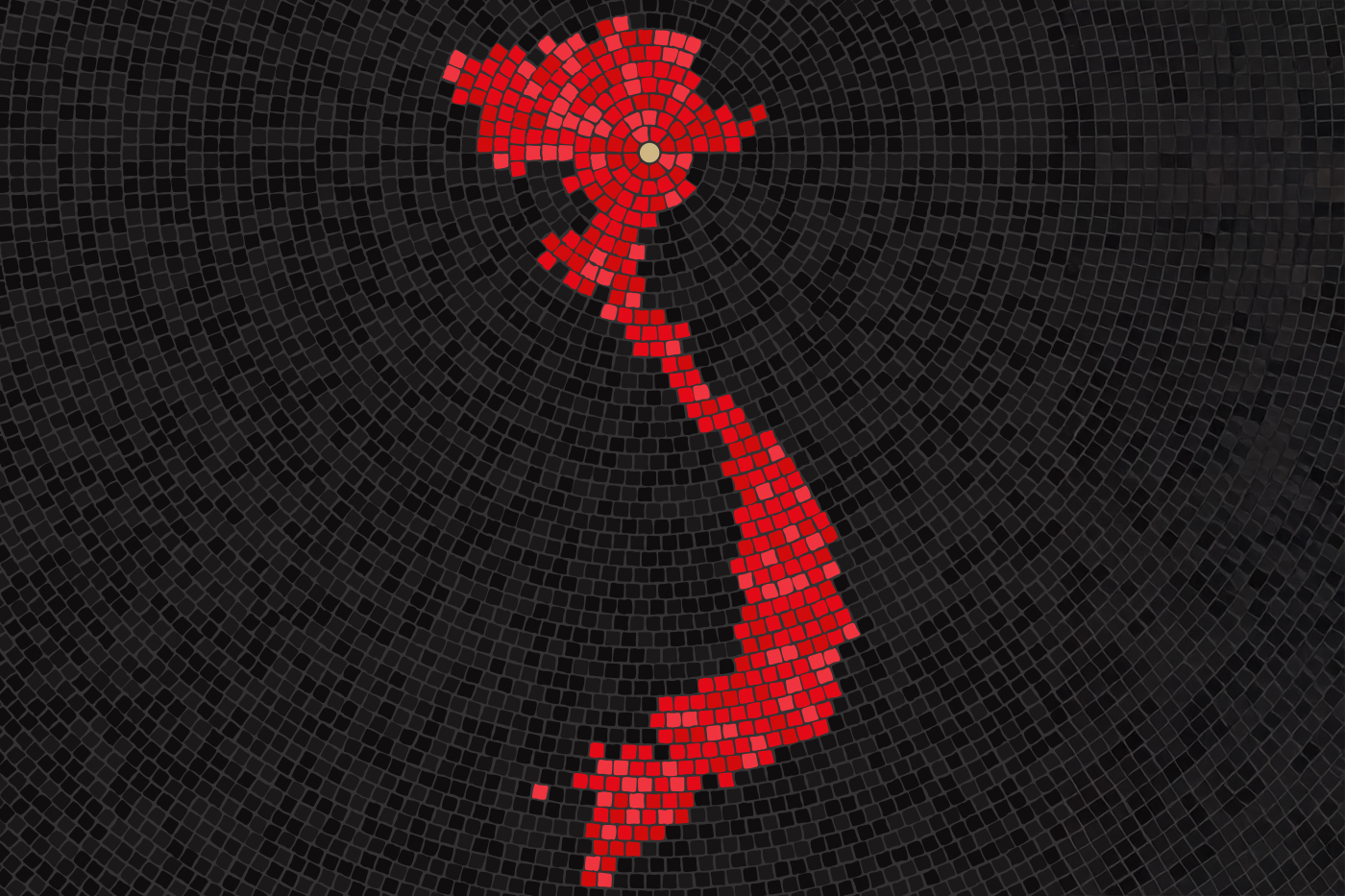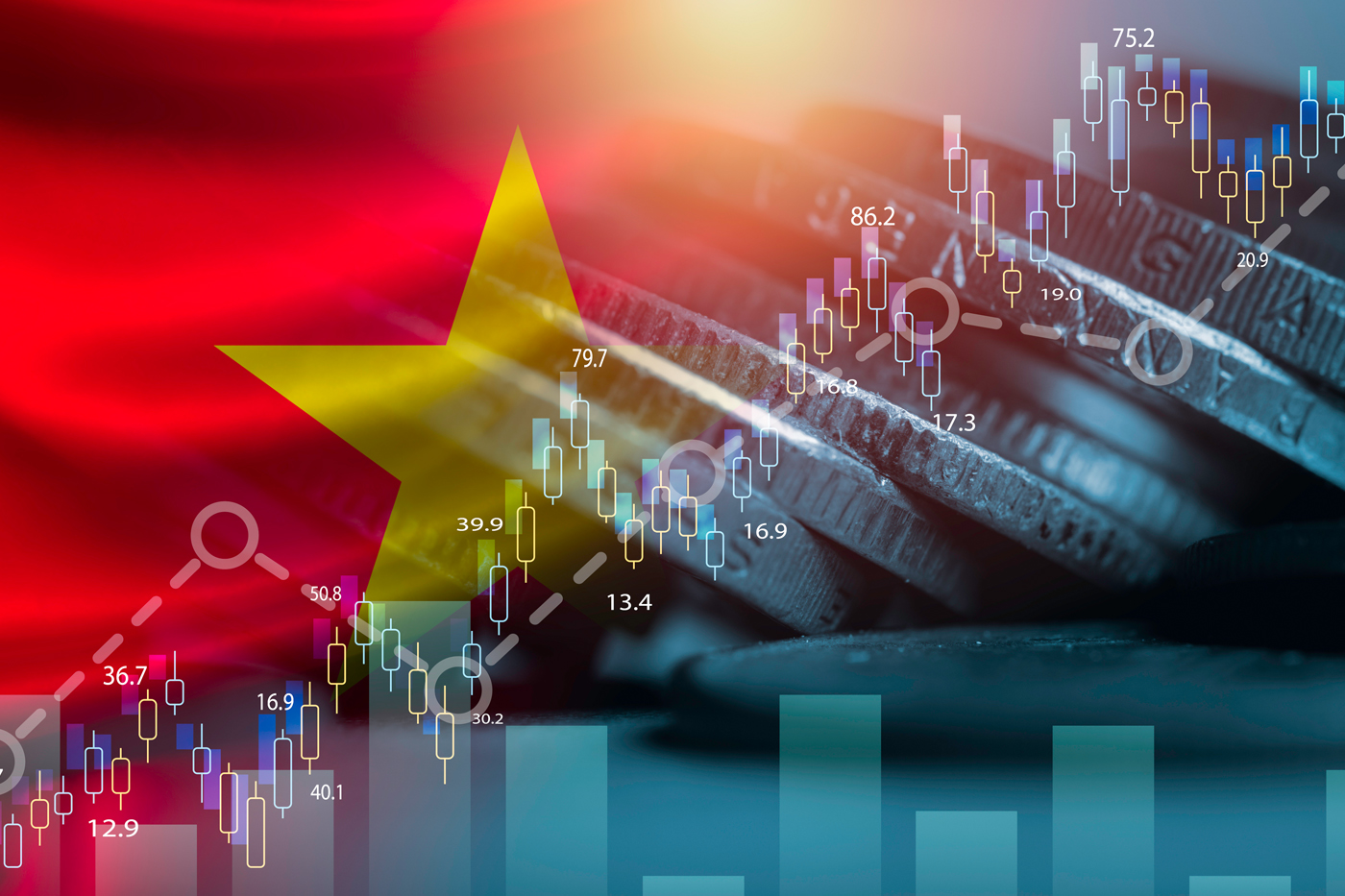Vietnam: Full of Far Eastern Promise
A mix of performance positives and negatives is driving a surge in mergers and acquisitions activity across Vietnam’s banking sector.
A mix of performance positives and negatives is driving a surge in mergers and acquisitions activity across Vietnam’s banking sector.
 By Chartered Banker Institute
By Chartered Banker Institute
Analysing industry is not a black-and-white task. Despite record deposits growth in 2023, a subsequent first downturn in two years – combined with a number of weak credit institutions, slow credit growth and rising non-performing loans – means the sector faces plenty of challenges as well as opportunities.
In 2023, Vietnamese bank deposits surged – topping USD560 billion for the first time and delivering a 14% uplift on the previous year. That also marked the fastest growth in the Vietnamese banking industry’s history – driven by strong consumer confidence in the growing stability and security of the nation’s banks.
But the mix of weak banks and a growing economy, and pressure on financial institutions to sustain deposit growth amid a relative downturn in the early part of 2024, has seen many local businesses struggle and some placed under special measures.
The result of all of this is a surge in mergers and acquisitions (M&A) activity as stronger market players look to snap up weaker rivals and wealthy foreign investors attempt to tap the country’s favourable demographics.
A major factor underpinning the sector’s M&A activity is the mix of weak credit institutions in a high-growth economy.
According to Dezan Shira & Associates’ latest Vietnam briefing, several of the country’s domestic banks, including DongA Bank, CB Bank, and Ocean Bank, have faced negative equity and significant bad loans in recent times.
As a result, the State Bank of Vietnam (SBV) placed these market players under special administration in May 2023 and actively sought interested buyers and investors.
“To attract foreign investment, the SBV [even] proposed raising the foreign ownership cap in domestic banks from 30% to 49% for those taking over underperforming banks,” the report states. “As part of this strategy, banks such as Vietcombank and Military Bank are set to acquire struggling institutions such as DongA Bank and Ocean Bank, respectively.”
Dezan Shira & Associates’ report also sets out how January corporate deposits fell by about 2.4% from the previous year’s end across the industry – marking the first monthly decrease in more than two years and a significant dip on the previous year’s growth.
The SBV has aimed for 15% credit growth this year (2024), but by the end of March, bank lending had increased only by 1.34% from December 2023. Although credit growth in Vietnam typically accelerates in the second half of the year when demand rises, that figure has sparked some movement in strategy around deposit interest rates.
Vietnam Technology and Commercial Joint Stock Bank raised its rates on all deposit terms by 0.1–0.4 percentage points in May 2024, according to a bank employee speaking to Channel News Asia. The adjustment brought short-term deposit rates to the range of 4.55% to 4.95%.
Dr Can Van Luc, a government adviser and economist at the Bank for Investment and Development of Vietnam, was cited in the report as saying that banks in the country are bolstering their deposits in anticipation of the usual increase in loan demand later in the year.
Meanwhile, Willie Tanoto, a senior director at Fitch Ratings, commented that the recent hikes in deposit interest rates by local banks “reflect tighter monetary conditions rather than an increase in systemic stress”.
A further driver behind the Vietnam banking industry’s heightened M&A activity is the rapidly growing demand for diverse financial products, according to the same report. Digital banking and e-wallets have significantly expanded the customer base of domestic banks, making them attractive acquisition targets for foreign investors seeking quick market entry.
Acquiring existing banks enables foreign investors to swiftly expand their range of financial products. This diversification can enhance profitability and customer satisfaction while offering more opportunities for upselling and cross-selling.
That view is also shared by S&P Global. In its country focus report on Vietnam’s banking sector last year, it too set out that foreign investors could well be attracted to acquisition activity in return for future fruitful opportunities.
“Vietnam’s banking sector is poised for an increase in M&As over the next two years, as lenders seek to bolster their capital while the country’s economic growth attracts investors,” it stated.
Ivan Tan, an analyst at S&P Global Ratings, added: “Acquiring a strategic stake in the Vietnam banks provides an opportunity for foreign investors to participate in the growth and tap the country’s favourable demographics via retail lending, particularly via digital channels.”
In return, overseas investors offer a source of much-needed capital for Vietnamese banks to boost their capital adequacy ratios, currently among the lowest in the region. As such, foreign direct investment (FDI) in Vietnam surged in 2023, with disbursed FDI reaching around 3.5% more on the previous year. In the banking industry, notable FDI included Sumitomo Mitsui Banking Corporation’s USD1.5 billion investment in VPBank and AEON Group’s acquisition of Postal Finance Company Limited for USD175 million.
A major element of that retail opportunity that is proving so attractive to foreign investors and other local banks circling for acquisitions is the rapid growth of the alternative lending market in Vietnam. It is expected to expand at a compound annual growth rate of 19.3%, from USD304.7 million in 2022 to USD818.7 million by 2027.
According to the Dezan Shira report, small- and medium-sized enterprises (SMEs) in Vietnam are increasingly turning to alternative lenders due to the challenges and costs associated with accessing traditional credit.
“For instance, Funding Societies, a Singapore-based financing platform, entered the Vietnamese market in 2022 and has since facilitated over USD70 million in financing in Vietnam to SMEs across various industries, including agriculture, services, and construction,” its analysis states. According to reports, Funding Societies provided SME financing worth USD3 billion over more than five million transactions across Southeast Asia.
Additionally, the expanding buy now, pay later (BNPL) market is providing a boost by offering consumers flexible, short-term lending solutions.
BNPL payments in Vietnam are expected to reach USD3.33 billion this year at an annual growth rate of 41.8%.
Of course, that success also depends on the ongoing positive performance of the country’s wider economy.
In a recent economic update, Deputy Prime Minister Le Minh Khai noted the stability of the economy in the first four months of 2024, with inflation under control. Further, gross domestic product growth in the first quarter reached 5.66%, the highest in three years, and the economy’s scale reached USD430 billion, “placing Vietnam among upper-middle-income countries”.
According to the same report, the average consumer price index also increased by 3.93% year on year, while realised foreign direct investment reached USD6.28 billion, up 7.4%, marking the highest growth in five years.
With domestic banks seeking capital, a burgeoning consumer market, robust SME financing needs, and emerging challengers to traditional banking institutions, foreign investors will find ample scope for growth in the Vietnam market.
However, walking the regulatory tightrope and concerns over consistent performance may not be the only issues they need to take into account as they navigate their M&A routes.
This article previously appeared in Issue 2 2024 of Chartered Banker, UK.